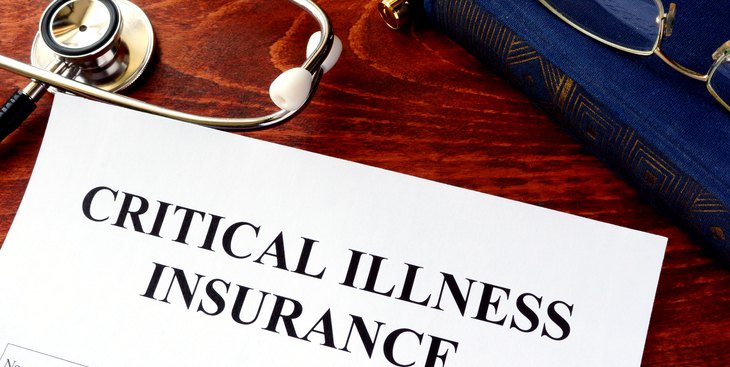 When we consider the future, we tend to imagine positives. Rarely does one consider a serious illness occurring to them. In our minds, it is always much more probable for someone else to find themselves in a hospital. Unfortunately, our inability to picture such a scenario does not render it from the realm of possibilities. And though pondering about one's health taking a turn for the worse is not a pleasant thought, it is far better to be prepared and proactive rather than be caught unaware without an adequate financial safety net – especially when diagnosed with a critical illness.
When we consider the future, we tend to imagine positives. Rarely does one consider a serious illness occurring to them. In our minds, it is always much more probable for someone else to find themselves in a hospital. Unfortunately, our inability to picture such a scenario does not render it from the realm of possibilities. And though pondering about one's health taking a turn for the worse is not a pleasant thought, it is far better to be prepared and proactive rather than be caught unaware without an adequate financial safety net – especially when diagnosed with a critical illness.
Human nature tends to keep people away from the hospital, even when they are stricken with serious symptoms. Consider a study by York University, which found that 87 percent of patients who experienced heart failure perceived that their symptoms had some degree of seriousness, but a remarkable 80 percent of those patients simply waited for the symptoms to go away! Unfortunately, these cases can lead to prolonged hospital stays, with bills to match – especially when a critical illness such as a heart attack, stroke or cancer is the cause.
As a benefits advisor, how do you express the importance of critical illness insurance to clients who might consider voluntary insurance an afterthought to major medical, home and vehicle insurance? The solution: Show clients how critical illness insurance is a win-win for employers and employees alike.
With an average of 1.5 million strokes and heart attacks occurring every year in the United States, critical illness insurance allows employees to rest easier knowing that, should they experience a covered critical illness, they and their loved ones have financial protection in place to help in their time of need. Instead of focusing on whether they can afford treatment, their critical illness insurance can help them pay for everything from ambulance costs to physical therapy to everyday household expenses.
By offering critical illness insurance, employers can help safeguard employees from the high price tag associated with such a diagnosis, as well as help their business through greater productivity from workers and higher employee retention. According to the 2018 Aflac WorkForces Report, 34 percent of employees said that an improved benefits package would help keep them in their jobs. And that is not the only benefit critical illness insurance offers. It also helps keep workers satisfied, with 72 percent of employees who have voluntary insurance through their employers reporting that they are extremely satisfied with their benefits packages, compared to 50 percent of those whose employers do not offer voluntary insurance.
When meeting with clients, explain the ways in which critical illness insurance can help keep financial burdens to a minimum. While no one wants to think about developing a critical illness, it is far better to have a financial backup plan in place and be prepared if that day comes.
Wendy Herndon is second vice president of Product Development and Implementation at Aflac. With more than 20 years of experience in this field, she is responsible for managing and guiding product portfolios through their entire life cycles, including strategy, development and implementation.
© 2025 ALM Global, LLC, All Rights Reserved. Request academic re-use from www.copyright.com. All other uses, submit a request to [email protected]. For more information visit Asset & Logo Licensing.







